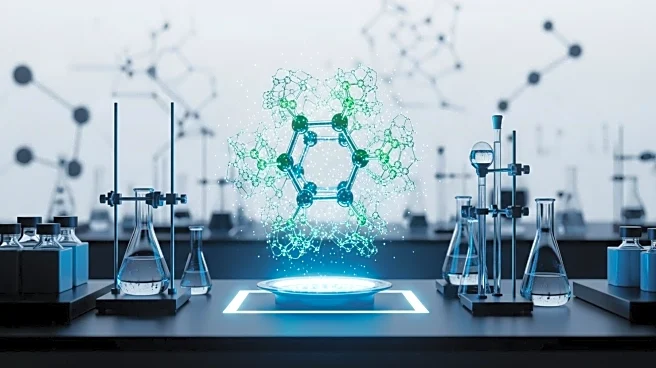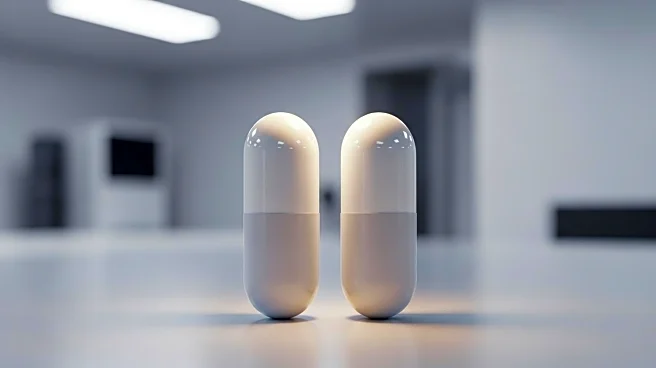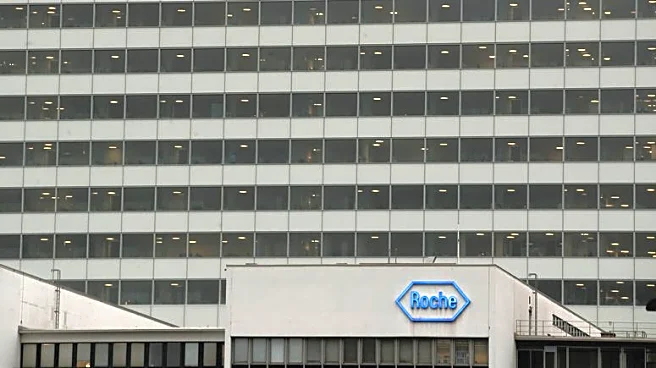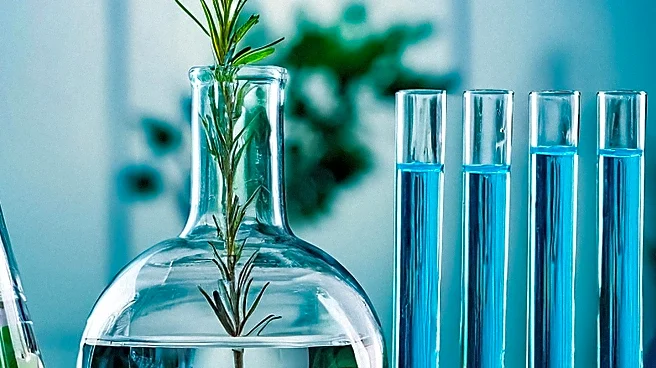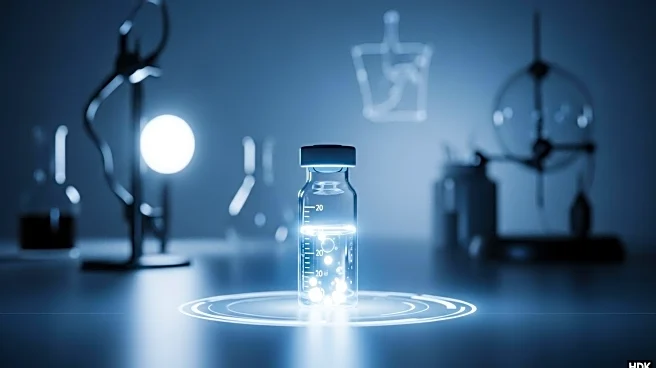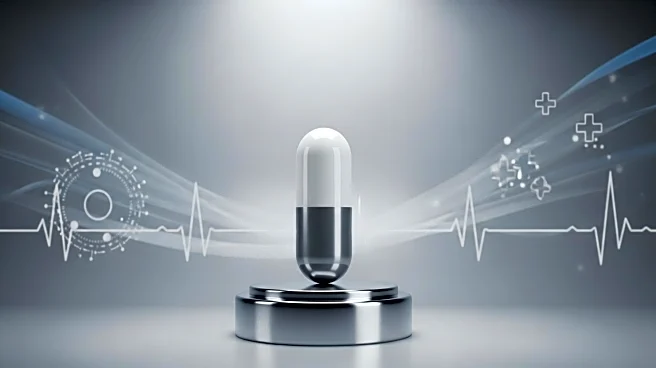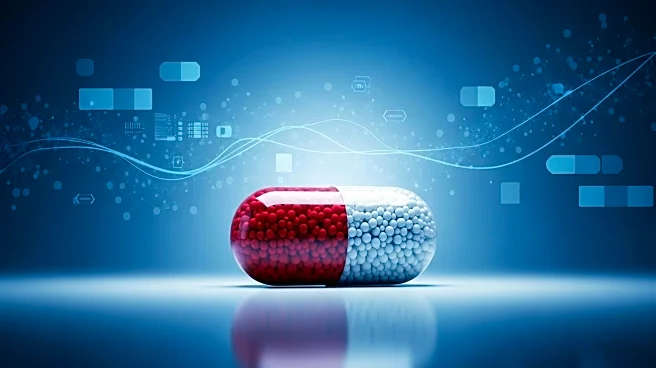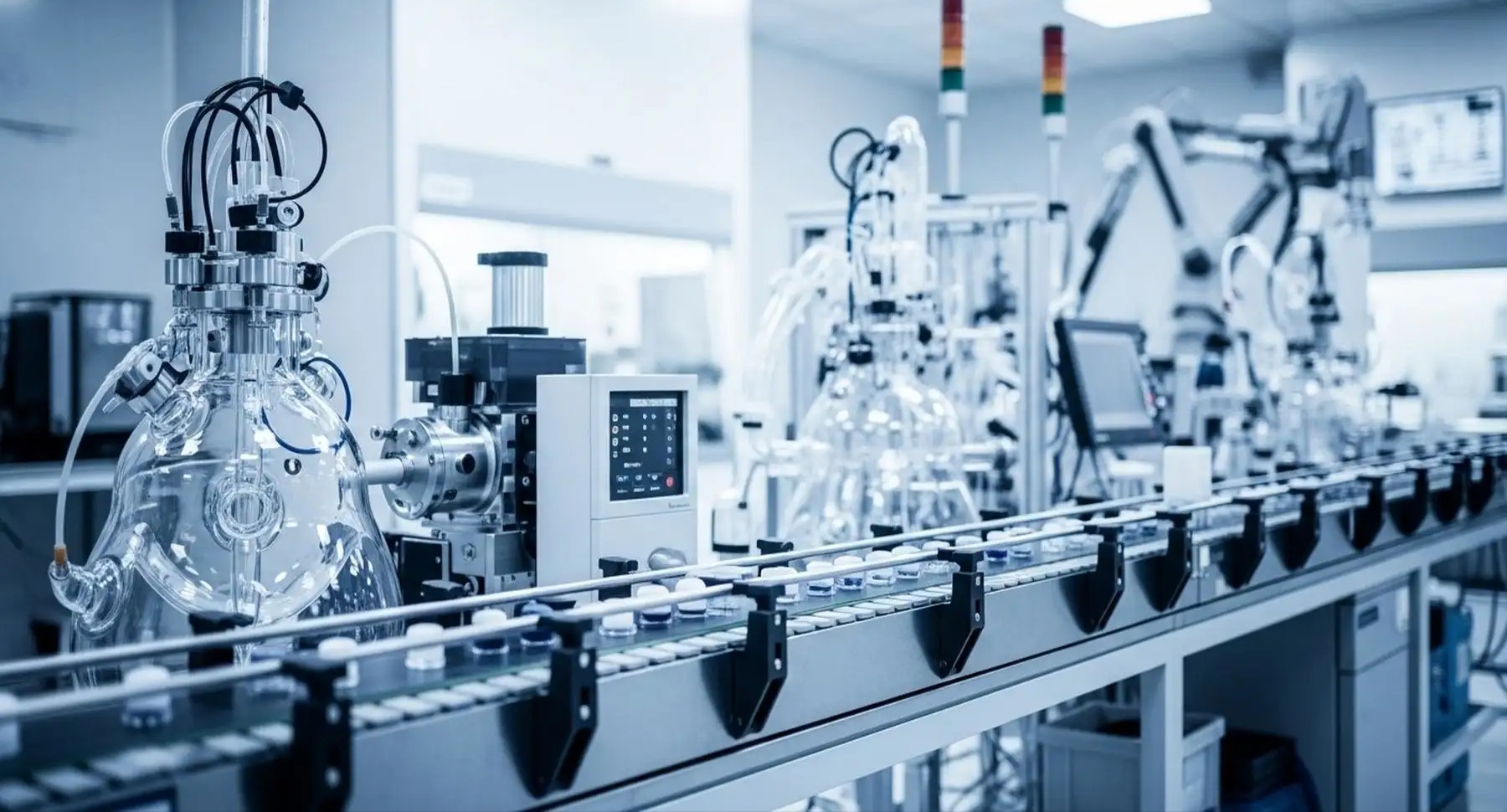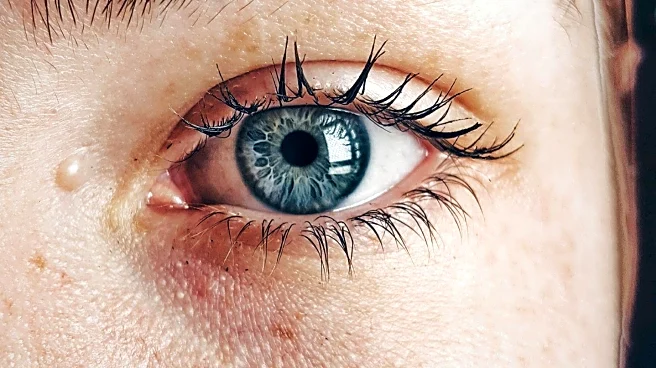What is the story about?
What's Happening?
Researchers from the University of Maine, USDA Forest Products Laboratory, and the University of Wisconsin have developed a new sustainable method to produce pharmaceuticals, potentially lowering prescription drug costs. The discovery focuses on producing (S)-3-hydroxy-γ-butyrolactone (HBL), a crucial building block for drugs like statins and antibiotics, from glucose. This method is more cost-effective and environmentally friendly compared to current processes. The researchers claim that their approach reduces production costs by over 60% and significantly lowers greenhouse gas emissions, offering a promising solution to high drug prices driven by production costs.
Why It's Important?
The high cost of prescription drugs is a major concern for consumers and policymakers in the U.S. This chemical discovery could lead to more affordable medications, improving access to essential drugs for millions of Americans. By reducing production costs and environmental impact, the new method aligns with broader efforts to promote sustainable and cost-effective healthcare solutions. The potential for scaling up this process could transform the pharmaceutical industry, leading to significant savings for both consumers and healthcare providers.
What's Next?
The researchers plan to scale up the production process to identify potential bottlenecks and move towards commercial production. If successful, this could lead to the widespread adoption of the new method in the pharmaceutical industry, further reducing drug costs and environmental impact. The development may also encourage further research into sustainable production methods for other pharmaceuticals, contributing to a more sustainable and affordable healthcare system.
AI Generated Content
Do you find this article useful?
